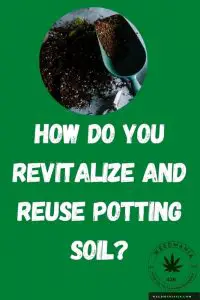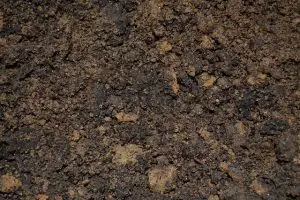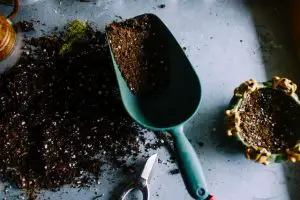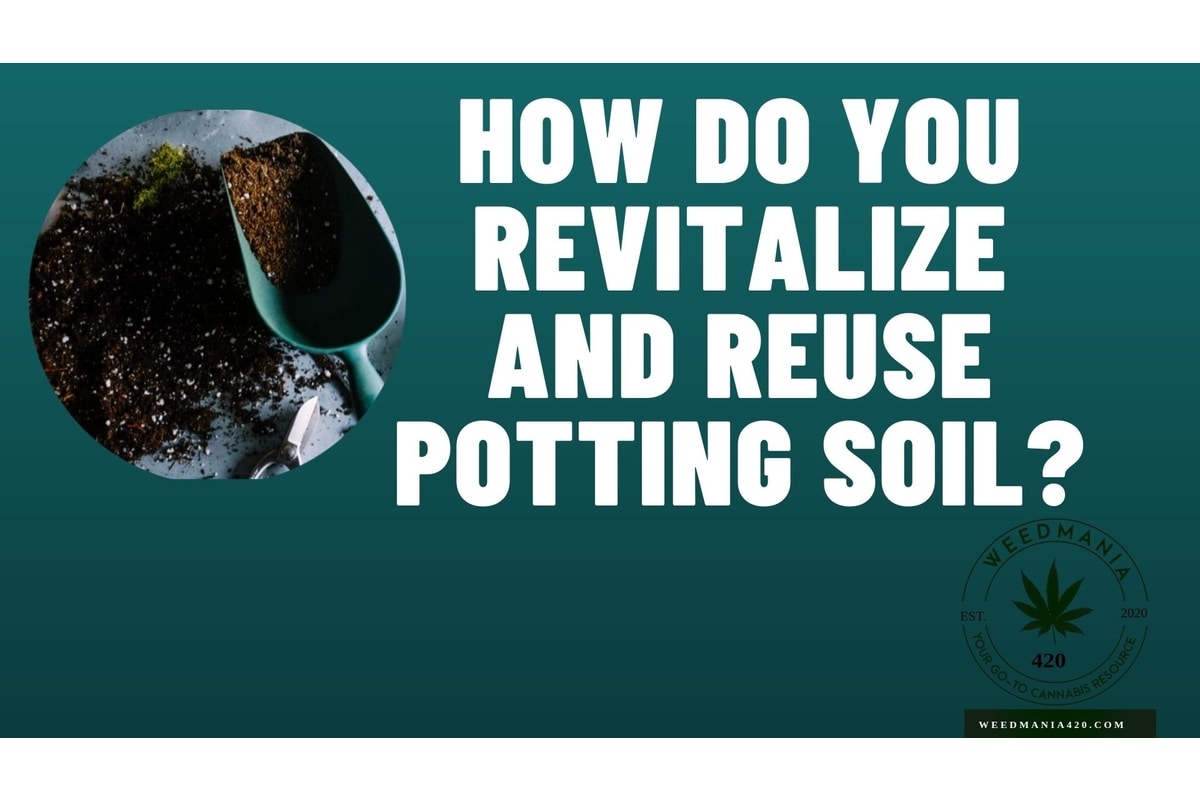Potting soil is expensive, and when you have to discard them after every use, your pockets might get a huge hole poked in them. Luckily, you don’t have to throw away your potting soil after every use. You can revit
alize the used potting soil and make it nutrient-rich for your next grow cycle. Growing weed doesn’t have to
be expensive after all. In this article, you will learn how to revitalize and reuse your potting soil.

Of course, you can’t just reuse the potting soil without altering the mix. Over tim
e, it loses nutrients and aeration, thus causing drainage problems for the plants. Plant infections and dis
eases also make it practically impossible to reuse the soil without treating it. You’ll be surprised to know that you can treat and rejuvenate even the potting soil that had root rot— even if the plants you grew in the soil died. You can reuse the potting soil without risking your new cannabis plants.
How Do You Revitalize and Reuse Potting Soil?
You can revitalize and reuse potting soil by sterilizing it and adding nutrients. Sterilizing kills bugs and pathogens in the soil, making it safe for your next plants. A quick way to sterilize the soil is to bake it in an oven-safe pan for 30 minutes between 180-200 F while covered in foil. After sterilizing, replenish lost nutrients by adding slow-release fertilizers, compost, or vermiculite.
Can I Reuse Soil After Root Rot?
You can reuse soil that had plants that were infected and unfortunately died from root rot. Even though root rot contaminated the soil, it can be sterilized and revitalized for reuse.
Sterilizing Potting Soil Contaminated with Root Rot

Root rot is one of the nightmares that cannabis growers grapple with, and when it kills your plants, your first thought would be to throw the potting soil out. Hold it there, champ. Though the soil is far from being friendly, it is still a valuable resource that can save you a few bucks without risking the lives of your next plants.
To reuse the soil, you have to kill the root rot fungi. The fungus normally stays dormant until the soil becomes waterlogged, then it attacks the roots, inhibiting their ability to uptake nutrients and water. So the water will be in the potting mix, but the plant dries as the roots are sick. Here is how you can revitalize and reuse potting soil with root rot.
- First, remove the dead plants from the pot and put the rotted soil in a cooking pot.
- Add water into the soil and mix it thoroughly. Adding water activates the fungus in the soil, including the one that causes root rot. The water also acts as a medium of heat transfer into the soil particles.
- Put the soil and water mixture on a heat medium like a stove and let it boil for ten minutes. Boiling helps kill any bacteria and fungi in the soil.
- Let the soil cool down to room temperature. The soil is now free from harmful pathogens, but you will have to replenish the lost nutrients before using it for your next grow cycle.
Other Sterilization Methods
You can also sterilize soil through solarizing, which involves putting the used soil in lidded buckets or tightly shut black plastic bags and leaving them in the sun for between four and six weeks. As the sun heats the lidded buckets, the internal environment becomes too harsh for pathogens and bugs, killing them.
Other growers also microwave the used potting soil at full power for 90 seconds per two pounds of soil. It is a similar procedure to baking the soil, only that you have to use microwavable lids with steam vents. Once the 90 seconds are over, cover the vents and let the soil cool. The root rot causing fungi will be eliminated.
Note that sterilization does not only kill harmful fungus in the soil. It also destroys soil nutrients hence the need to revitalize the soil after sterilization to make it healthy for reuse.
Revitalizing Potting Soil

Revitalizing of soil involves the replenishing of used potted soil with nutrients to boost its nutritional compositions. As much as reusing potted soil saves on costs, most of the used soil’s nutritional value has usually been leached by the previous plants or removed during sterilization. Replenishing lost nutrients can be done by adding slow-release fertilizers, compost, or vermiculite.
- Place the soil in a tarp, break the clumps down with a rake, and remove all roots and other debris from the soil.
- Put the soil into a bucket with holes at the bottom. Fill the bucket with water and allow the water to drain through the soil. Do this twice before spreading the soil on a tarp and allow it to dry.
- Sift your compost through a half-inch screen and mix it with the soil you are revitalizing in a ratio of 1:1. Adding compost improves soil fertility and boosts its ability to retain moisture because the soil becomes more compact once used.
- For every gallon of soils you have, mix a light dusting of gypsum and lime as well as one tablespoon of slow-release fertilizer to replenish the leached nutrients from the last plant cycle and those lost during sterilization.
- Moisten the soil lightly before putting it into large plastic storage bins. Leave the soil in the bin for two weeks to allow for curing. The soil is now ready for reuse.
How to Reuse Revitalized Soil for Cannabis
One of the reasons why weed growers shy away from reusing potting soil is the loss of nutrients. It’s a valid concern because weed, unlike other plants (like flowers), needs a lot of nutrients to thrive, but when you have known the art of replenishing nutrients, reusing potting soil will serve you just fine.
Also, consider the pH of the potting soil. One of the problems with reusing potting soil after root rot is salt build-up; adjust the pH to a suitable level, and keep the other nutritional needs of the plant in check.
Thoroughly clean up the pots and allow them to completely air dry before filling them with revitalized soil for reuse. Scrape off salt build-ups on the side of containers before soaking them for ten minutes in a solution of one-part bleach and nine-parts water to kill any microorganisms. Once soaked, you can then rinse them with clean water, and they are ready for use.
In Conclusion
Disposing potting soil after a single use is not economically sound, and growers have devised ways of treating the used potting soil to make it viable for reuse. Revitalizing used potting soil saves you the money you would have spent purchasing another batch of soil. You need to sterilize the soil to get rid of pathogens and replace any lost nutrients.

